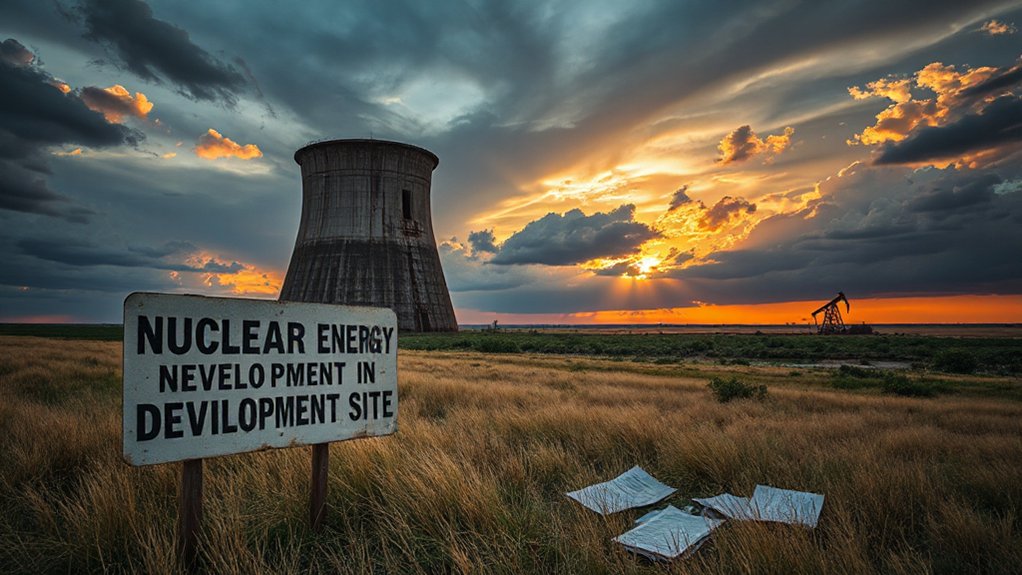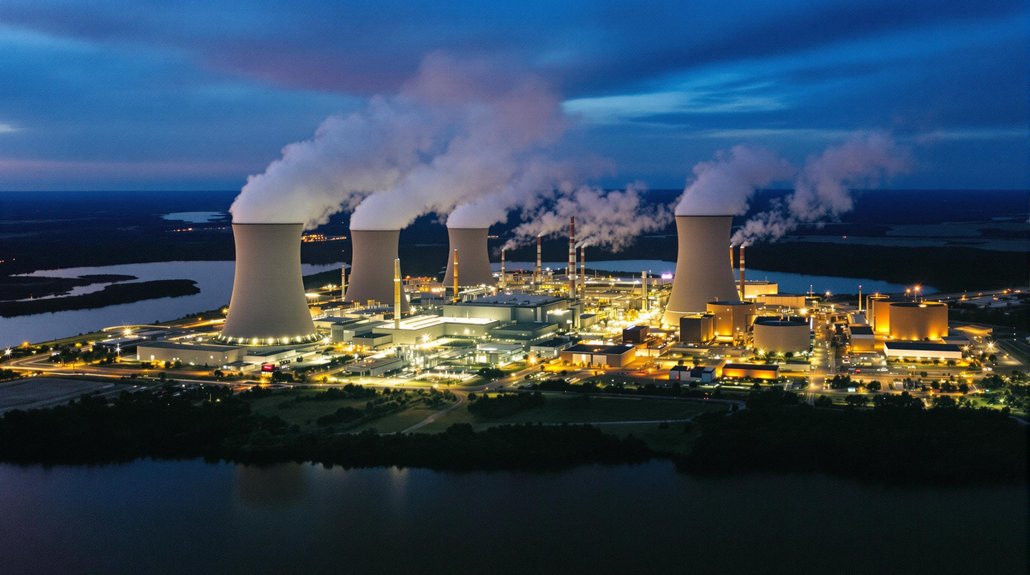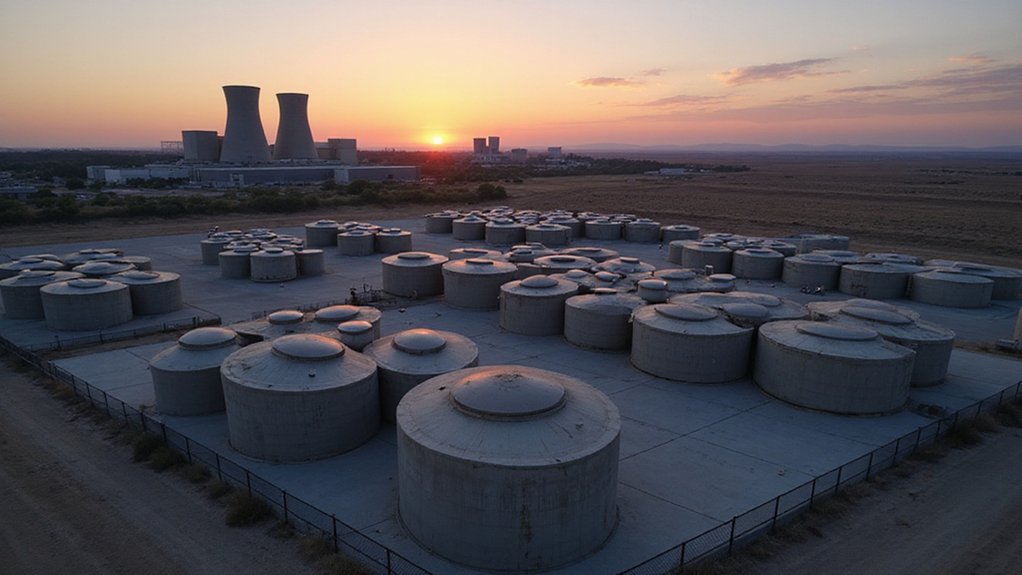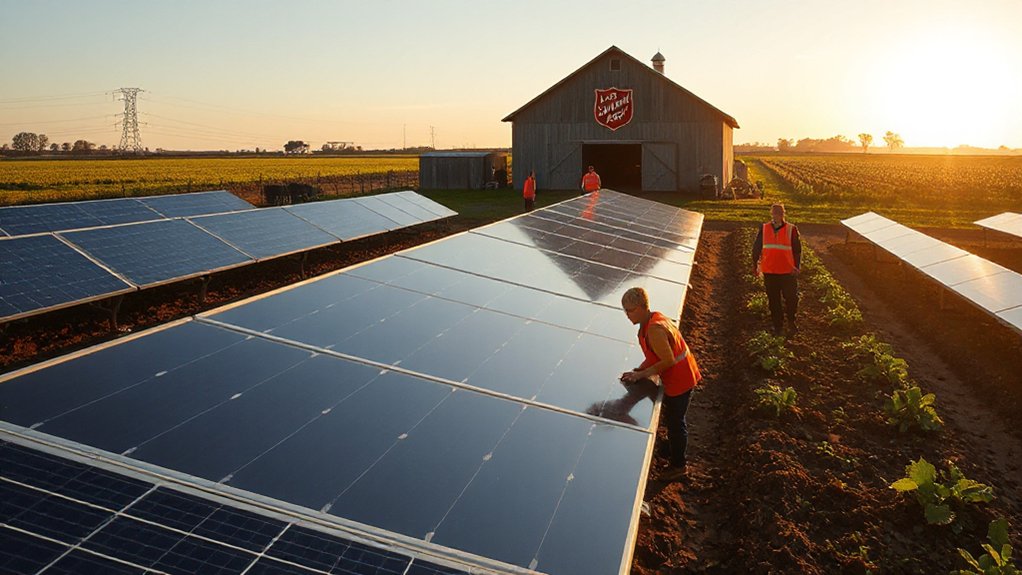Every legislative session brings its share of ambitious projects, but Oklahoma’s latest energy venture stands out from the pack. Senate Bill 130, signed by Governor Kevin Stitt in June 2025, mandates a thorough nuclear energy feasibility study. Sounds great in theory. The reality? Not so much.
The Oklahoma Corporation Commission now faces the formidable task of delivering a complete analysis by March 2026. They’re supposed to hire outside consultants within 90 days of the bill taking effect. One tiny problem—nobody bothered to fund it.
“Shall employ” reads the legislation, as if consultants work for exposure and good vibes. The Commission is scraping by with existing resources, even as they face budget cuts. Talk about planning ahead.
Unfunded mandates: where lawmakers expect professional analysis at the bargain price of absolutely nothing.
The study itself is no small undertaking. Technical feasibility, environmental impacts, economic projections, safety concerns—you name it, they’re supposed to analyze it. Small modular reactors and microreactors are the focus, with special attention to potential sites near military bases and industrial centers. Because nothing says “strategic planning” like placing nuclear facilities next to existing critical infrastructure.
Commissioners met on October 9th to discuss the comprehensive assessment that will identify suitable geographic areas for future nuclear facilities. Commissioners are stuck reprioritizing current work to accommodate this unfunded mandate. The Public Utilities Division is relying on volunteers and internal staff to move forward. Real professional.
Other states like Texas, Michigan, and Colorado are pursuing similar nuclear initiatives, but with one key difference—they actually provided money. Oklahoma lawmakers apparently missed that step in Legislation 101.
Despite the financial handicap, the OCC is trudging ahead. Their findings, expected by March 2026, will likely determine whether Oklahoma joins the nuclear energy club. The state currently has zero nuclear facilities, which makes this either a bold step toward energy diversification or an expensive paperweight.
One thing’s certain—nuclear ambition comes with a price tag. Oklahoma just hasn’t figured out who’s paying it yet.
The study has already generated mixed public reactions, with some residents expressing concerns about long-term environmental risks while utility companies like OG&E support the initiative for its potential reliability benefits. Like the federal initiatives that aim to triple nuclear capacity by 2050, Oklahoma’s plan reflects growing interest in nuclear power as a reliable carbon-free energy source.
References
- https://www.okenergytoday.com/2025/10/oklahoma-advances-nuclear-energy-feasibility-study/
- https://www.nucnet.org/news/oklahoma-becomes-latest-state-to-consider-nuclear-as-regulators-push-ahead-with-study-10-4-2025
- https://oksenate.gov/press-releases/governor-signs-senator-george-burns-bill-study-nuclear-energy-potential-oklahoma?back=/press-releases/2025-06
- https://www.okenergytoday.com/2025/10/regulators-move-ahead-with-nuclear-study-but-reluctantly-without-funding/
- https://votesmart.org/bill/39924/108795/55504/establishes-the-oklahoma-nuclear-energy-feasibility-study-act-of-2025
- https://www.kosu.org/energy-environment/2025-08-29/oklahoma-corporation-commission-takes-first-step-toward-nuclear-energy-study
- https://www.oklahoman.com/story/business/energy-resource/2025/09/07/oklahoma-corporation-commission-studying-nuclear-energy/85962973007/
- https://www.kosu.org/show/stateimpact-oklahoma/2025-09-25/oklahoma-regulators-to-balance-costly-nuclear-potential-with-projected-wave-of-energy-demand









